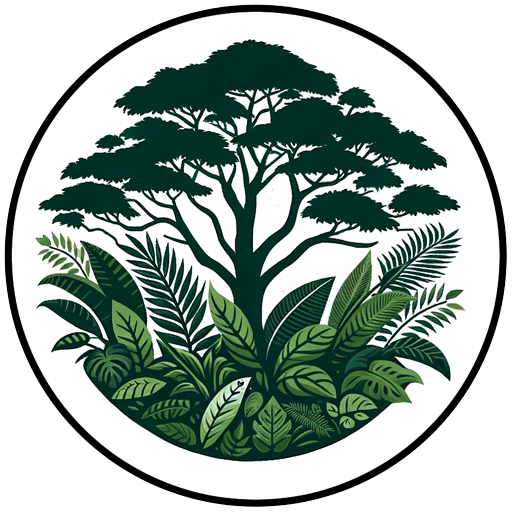LinkedIn has become our top source for English-language readership via social media.
Given the inquiries about social media following my post on audience engagement (https://bit.ly/3rW7QBn), I analyzed the year-to-date social media data for Mongabay’s English-language news website, https://news.mongabay.com.
Surprisingly, visitors arriving via LinkedIn links collectively spent 77,070 hours reading our news articles in the first seven months of 2023. This surpassed the figures from both Facebook (75,848 hours) and Twitter (70,635 hours).
This trend underscores the superior quality of referral traffic from LinkedIn compared to other platforms for us. It also highlights the growing interest from the LinkedIn community, coupled with dwindling engagement on Facebook and Twitter.
For context, during the same period in 2020, Facebook recorded 4 million hours. Twitter’s engagement has halved since last year, whereas LinkedIn’s hours have multiplied nine-fold since 2020 and doubled since 2022. Overall traffic and time spent on the site has increased over last year despite Facebook and Twitter.
However, time spent on our site is only one metric. If we assess engagement within these platforms using impressions as an indicator, the downturn for Facebook and Twitter holds. Their impressions have plummeted: over 99% to approximately 5 million and 90% to just under 1 million, respectively. In contrast, LinkedIn’s impressions jumped 45-fold to nearly 6 million.
With Facebook and Twitter increasingly disfavoring news content, we expect this decline in relevance of those platforms to continue.
So, how does this influence Mongabay’s engagement approach? Our strategy entails minimizing efforts on platforms that underperform (we put almost no staff time into Twitter and Facebook now). We will continue prioritizing platforms that yield high-quality engagement with our main target audiences. Moreover, we’re keen on exploring platforms where our presence has been limited to date and on emerging platforms. Additionally, we are investing resources into non-social platforms like newsletters, alerts, and webinars.
It’s important to clarify that this analysis pertains exclusively to our Global English news content based on available data. This data might not accurately represent our non-English or non-news content. For instance, Mongabay Latam (in Spanish) contradicts this trend on Facebook, maintaining strong engagement with its target demographic.
While I’ve not delved into other platforms like Instagram and YouTube, it’s worth noting that Twitter, Facebook, and LinkedIn have been our largest channels for website referrals from social media in recent years.
For a deeper understanding of the context behind this post, please refer to the following:
🌳 We abandoned Facebook marketing. Here’s what happened.
https://bit.ly/3DJTBCn
🌳My experience with LinkedIn as a platform for impact
https://bit.ly/3OMFYJ7

